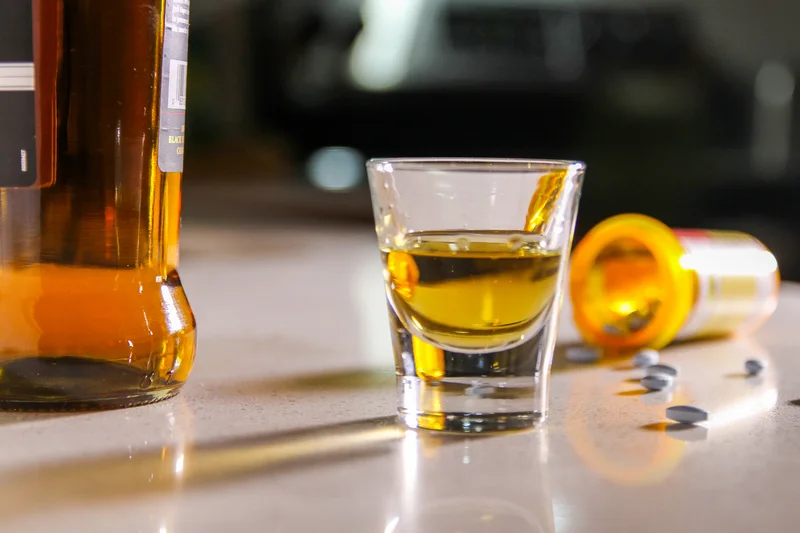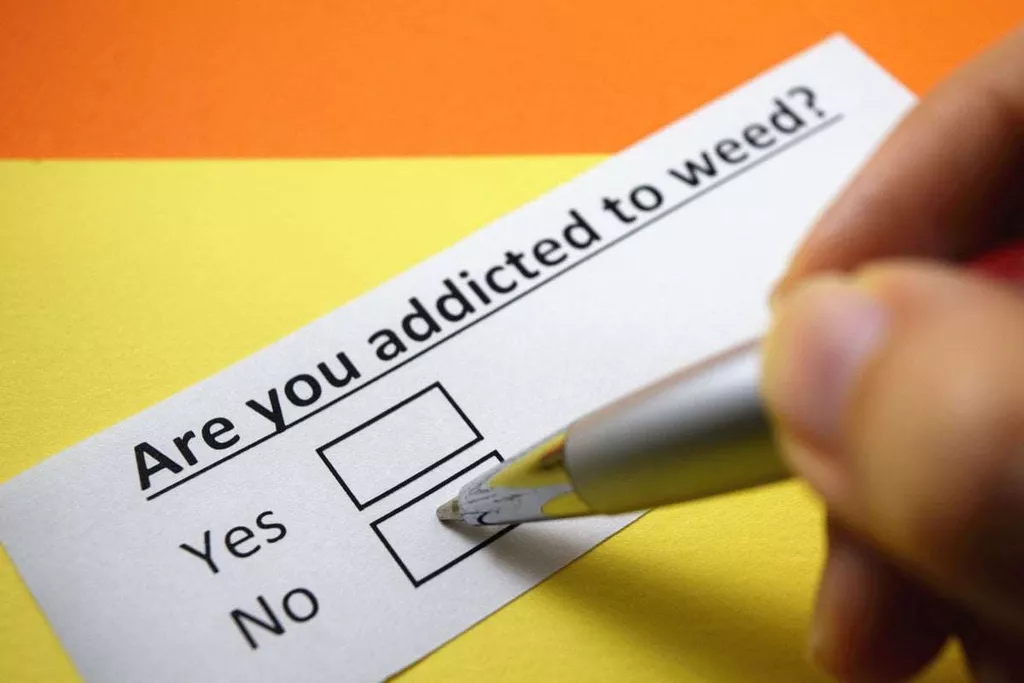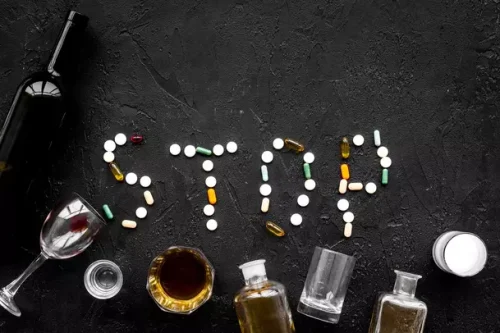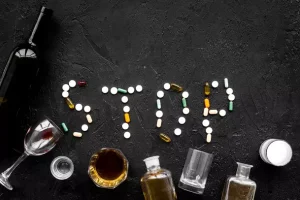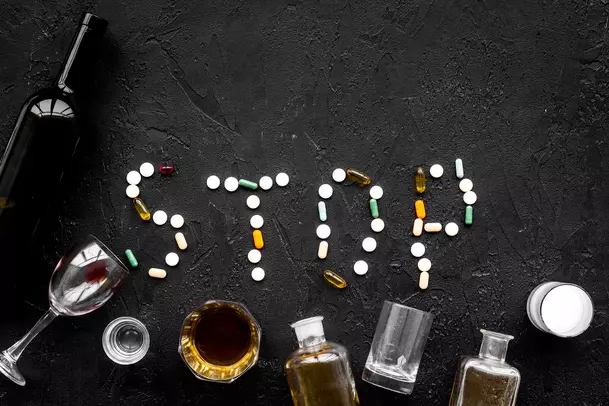Common over-the-counter muscle relaxers include ibuprofen, aspirin and acetaminophen. There are several reasons why people might mix muscle relaxers and alcohol, although it is never advisable. For some, it may be an accidental interaction, especially if they are unaware of the risks. They work to slow brain activity, which can slow functions down your breathing and heart rate as well. Since both muscle relaxers and alcohol have this depressant effect, combining the two can compound their impact on your body.
Treatment for alcohol addiction must involve comprehensive care that includes both medical and mental health interventions. Muscle relaxants are available in both prescription and over-the-counter forms. Prescription muscle relaxers are usually more powerful than over-the-counter versions and should only be taken as directed by a doctor. Common prescription muscle relaxants include baclofen, diazepam, cyclobenzaprine, carisoprodol, tizanidine and metaxalone. These medications should only be used under the supervision of a doctor and should not be taken without consulting a healthcare professional first. Physical examinations may also be conducted to assess the patient’s vital signs and physical condition.
- Ria Health combines prescription medication, recovery coaching, and digital tracking tools to create custom plans for each member’s needs.
- Stopping cold turkey to break muscle relaxer addiction isn’t always safe.
- Some may self-medicate to alleviate pain or anxiety, thinking it enhances the effects of the medication.
- We Level Up California can provide you, or someone you love, the tools to recover from this with professional and safe detox and treatment.
- If you or someone you know is drinking alcohol with muscle relaxers, it is vital to seek professional help.
Generalized Anxiety Disorder
Even mixing a muscle relaxer with wine can strain the liver and increase addiction risk. It’s generally advised to avoid this combination or consult a healthcare provider to understand specific risks. Yes, consistently mixing muscle relaxers and alcohol can lead to permanent health issues. Long-term use of both substances can cause liver damage, cognitive decline, and contribute to the development of chronic mental health disorders like anxiety and depression.
Prolonged use of muscle relaxers, especially when combined with alcohol, can lead to long-term cognitive impairment, difficulty concentrating, and decreased alertness. Peachtree Detox offers alcohol detox and detox for prescription drugs in Atlanta, Georgia. Injuries that result from this effect can be severe and even life-threatening.
Signs of an overdose from muslce relaxers and alcohol
And while it has been very effective for some people, clinical results have not been consistent, so it may not work for you. As a muscle relaxant, this medication may affect your ability to perform certain activities. Baclofen is not considered addictive, but people who take it for an extended period generally need to taper off of it.
It’s best to finish your prescription course as recommended by your physician before drinking alcohol to avoid any fatal interactions or incurring other injuries. Muscle relaxers are medications prescribed to alleviate muscle spasms, tension, and pain. If you plan to drink an alcoholic beverage, it is best to wait 24 hours or longer after taking your last dose of the muscle relaxer to avoid any potentially harmful effects. Muscle relaxer abuse can have several harmful effects, including behavioral changes, seizures, and withdrawal. Therefore, it is essential to recognize and understand these signs of drug abuse early because long-term use of this drug can lead to worsened side effects.
Mountain Sky Recovery is a respected drug and alcohol treatment center located in Southern, CA. Our compassionate team of experts is dedicated to helping individuals overcome addiction and achieve lasting sobriety through personalized, evidence-based care. Alcohol also has sedative effects which may cause motor impairment leading to accidents and injuries.
Everything You Need to Know About Farmapram & the Risks of Mexican Xanax Bars
Reframe supports you in reducing alcohol consumption and enhancing your well-being. Plus, we’re always introducing new features to optimize your in-app experience. We recently launched our in-app chatbot, Melody, powered by the world’s most powerful AI technology. Melody is here to help as you adjust to a life with less (or no) alcohol.
Prescription medications like muscle relaxers often come with warnings against mixing with alcohol, yet these warnings are sometimes overlooked. It is crucial to follow the instructions provided by healthcare providers and pharmacists to avoid dangerous drug interactions. Even in small amounts, alcohol can interact negatively with muscle relaxers, leading to unpredictable side effects. Studies have shown that baclofen can be useful in treating alcohol withdrawal, but there is much debate over how effective baclofen is for long-term treatment of alcohol use disorders.
Why Do People Mix Alcohol and Muscle Relaxers?
This makes it difficult for someone who is dependent on alcohol to stop drinking without experiencing unpleasant withdrawal symptoms. In some cases, the symptoms of alcohol withdrawal can be managed with medications and supportive care. However, in more severe cases of alcohol withdrawal hospitalization may be required for medical monitoring and to provide medications to help manage symptoms. Mixing muscle relaxers and alcohol to get a sort type of high is a sign of addiction. We Level Up California can provide you, or someone you love, the tools to recover from this with professional and safe detox and treatment.
Carisoprodol, also known by the brand name Soma, is a prescription skeletal muscle relaxant. It is typically prescribed to relieve pain caused by muscle injuries like strains and sprains. This drug comes in tablet form and is taken by mouth, often several times a day when treating an injury. Soma medication is typically combined with physical therapy and other treatments to treat muscle pain. However, some people become addicted to carisoprodol and use it other than how muscle relaxers for alcohol withdrawal it is intended. We offer a variety of prescription drug addiction detox programs at Gratitude Lodge in Newport Beach and Long Beach, California.
- Back pain, neck pain, fibromyalgia, myofascial pain syndrome, temporomandibular joint disorder (TMJ), and certain neurological disorders.
- Baclofen is not considered addictive, but people who take it for an extended period generally need to taper off of it.
- Muscle relaxers can be a helpful tool in the management of alcohol withdrawal symptoms.
- There are different types of muscle relaxers—some affect the central nervous system, while others target the muscles directly.
Baclofen was first developed as a seizure medication, and was ultimately approved to treat muscle spasticity in the 1970s. The medication gained attention as a treatment for alcohol use disorder in the 2000s, when French cardiologist Olivier Ameisen successfully used it to cure his alcohol addiction. In addition, it appeared to reduce the craving for alcohol post withdrawal.28 As with the other anticonvulsants, more controlled trials are needed. Muscle relaxers, or relaxants, are medications that are used to treat muscle spasms or muscle spasticity. Sudden, involuntary contractions of a muscle or group of muscles are called muscle spasms. If you’re taking a muscle relaxer, you should avoid consuming alcohol.
Alcohol withdrawal is a serious problem that can lead to a range of symptoms, including seizures or even death. Muscle relaxers are often used to help reduce the severity of these symptoms. Alcohol isn’t the only thing to steer clear of while taking muscle relaxers.
What Are Some Common Examples of Muscle Relaxers?
This effect can cause a person to fall, especially if compounded by dizziness and impaired vision. You should never attempt to detox from baclofen and alcohol on your own. Undergoing medical detox with the help of physicians and detox specialists is the safest way to eliminate these substances from your body. Individuals that just take central nervous system depressants should try to avoid operating vehicles and heavy machinery. Remember, alcohol can intensify the effects of muscle relaxers, and combining the two can lead to an increased risk of overdose.
Some people try to self-medicate with muscle relaxers, which can have dangerous consequences. This is especially true when it comes to mental health conditions like anxiety or insomnia. Some treatment plans may include non-addictive medications to help with withdrawal symptoms or discomfort during recovery. That said, it’s always based on a full medical assessment, so any meds prescribed will be in line with your health needs and your long-term recovery goals.
The best approach for the treatment of dual diagnosis is an integrated system. This strategy treats both the substance abuse problem and the mental disorder simultaneously. Regardless of which diagnosis (mental health or substance abuse problem) came first, long-term recovery will depend mainly on the treatment for both conditions done by the same team or provider. This class of muscle relaxers is commonly prescribed to relieve and mitigate pain from spasms and other neurological conditions.

